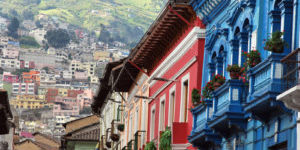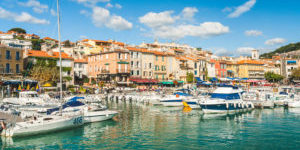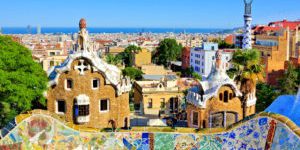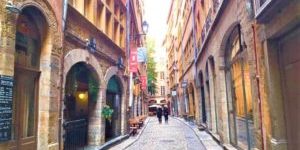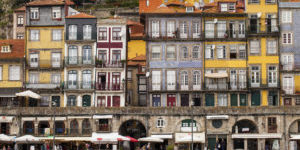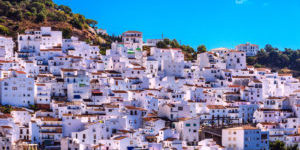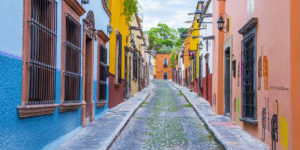Before sitting down to plan a South of France trip, I thought I knew France. In fact, I was certain that I did. After all, I studied in Tours in the Loire Valley, lived in Nice on the Riviera, vacationed in Provence and worked in and out of Paris for 10 years. Boy, was I wrong!
Once I started planning my South of France trip, the other South of France (beyond Provence and the Riviera) began to emerge. I learned that, tucked away in France’s south-western corner which borders Spain, was the breathtaking Dordogne Valley brimming with hilltop-perched medieval castles overlooking the Dordogne River. Also, I discovered that the gorgeous Dordogne is where you can visit the renowned Vezere valley which boasts many cave sites containing prehistoric art, possibly dating back 20,000 years or more. (In 1979, UNESCO collectively designated the Vezere Valley’s caves a World Heritage site.)
Trip planning beyond Southern France’s Dordogne and Vezere Valleys, revealed historic, vibrant and culturally rich cities throughout France’s south-western corner – cities such as Bordeaux, Toulouse and Montpellier that have prevailed throughout the ages. This area is also very popular for the stunning picture postcard medieval villages such as Sarlat-la-Caneda, St. Emilion, Carcassonne, and Albi.
Although my research had already convinced me that the south-western pocket of the South of France was definitely going to be my next adventure, the absolute icing on the cake was the allure of superb wines from local vineyards and signature cuisine like Foie Gras and roasted duck or goose dishes.
As the other South of France emerged, I knew the trip would be an adventure to remember. And indeed it was.
Author’s Note: I took my South of France trip in September/October 2019 and can’t wait to return! Good luck as you plan a South of France trip – I hope my notes below help you with your research!
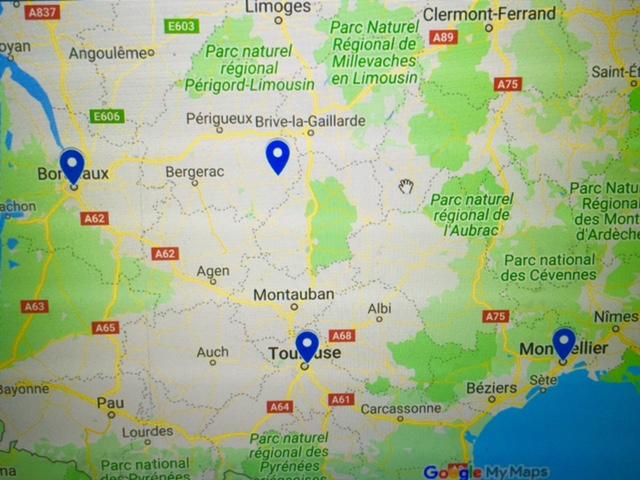
Plan a South of France Trip – Destinations
Of course, I wanted to visit the best destinations in the South of France’s south-western corner – particularly the Dordogne and major medieval cities. So, I chose 4 key destinations: Bordeaux, Sarlat-la-Caneda, Toulouse and Montpellier. Using them as my home bases for exploring the South of France region, I was able to branch out on day trips to cover even more of the area.
My amazing trip exceeded my expectations in every way. Not only was I able to experience the Dordogne Valley’s medieval castles and the prehistoric cave art in the Vezere Valley, I was able to also visit to some of the most remarkable medieval French cities that I’ve ever experienced. And, although I’m definitely not a food connoisseur, I also knew that I was definitely enjoying some of the best cuisine in all of France at every stop along the way.
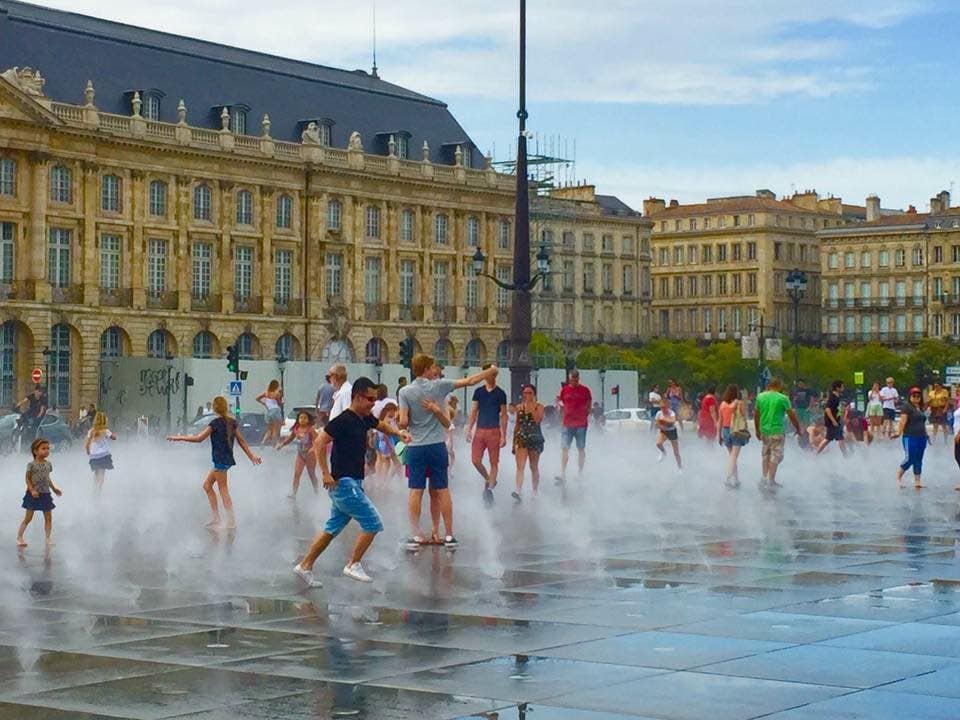
Bordeaux, the Grande Dame
I suggest that you make sure you include this lovely gem when you plan a South of France trip. If you do, you’ll discover why the elegant city is beloved and admired as the Grand Dame of France’s south-western corner. And, you’ll see why many folks (including me) would happily spend weeks or months at a time in this fair city.
Ranking 9th in France’s population, beautiful Bordeaux enjoys the stature of an elegant city which also proudly maintains a provincial vibe. The grand city is an excellent example of the South of France way of life which celebrates local traditions such as a laidback approach to living and lots of social engagement with family and friends.
Bordeaux has plenty to see and do such as the Gothic Cathedral, landmark monuments, the Garonne River cruises, gourmet restaurants, local wine tastings, notable museums and more. It is also a good home base for exploring nearby famous spots such as St. Emilion and surrounding vineyards.
My favorite Bordeaux experience was a daily walk along the promenade lining the Garonne River. The most fun part was when I passed the famous Water Mirror in front of the Place de la Bourse which, every 15 minutes or so, sprays jets of fine mist into the air causing children to giggle and adults to gleefully act silly.
My favorite day trip from Bordeaux was visiting pretty St. Emilion with vineyards stretching beyond the horizon and Chateaux sporadically popping up along the way. I was pleasantly surprised by St. Emilion’s historic past and by how charming the old town has remained with winding cobblestone streets and pretty town squares.
Top places to visit outside Bordeaux include the seaside towns of Biarritz and Arcachon and a bevy of famous wine producer areas like the Medoc, Pessac-Leognan, Sauternes and more.
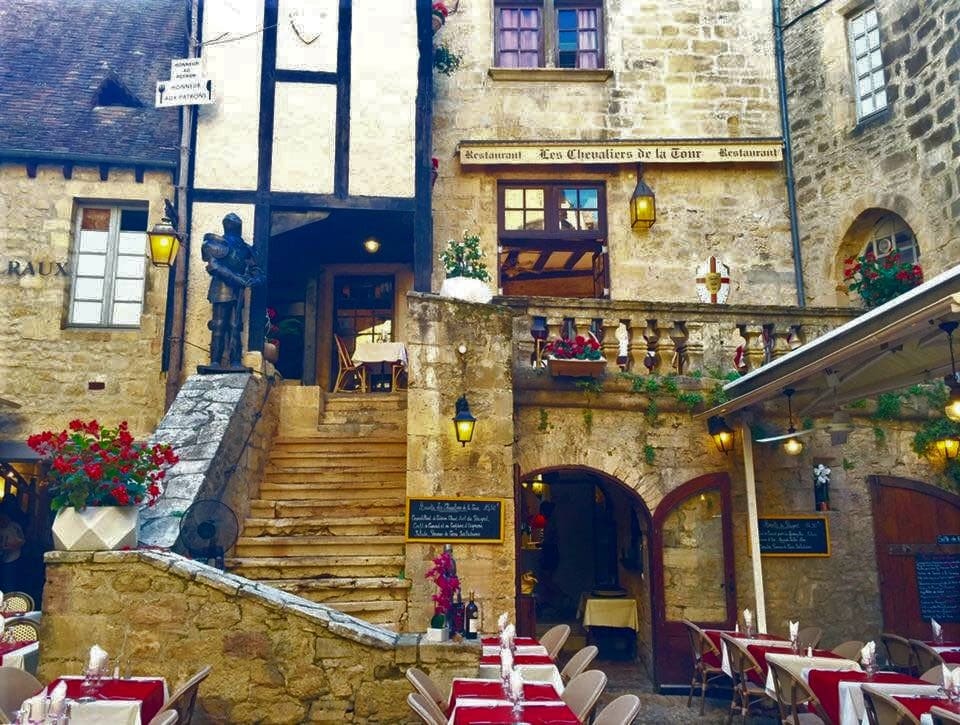
Sarlat-la-Caneda, Dordogne Home Base
Tucked in near the castle-laden Dordogne Valley and the Vezeres Valley where prehistoric cave art has been discovered, Sarlat-la-Caneda serves as an excellent central spot from which you can easily wander throughout the two valleys (Dordogne and Vezeres) and beyond.
The dramatic fortified medieval city has been restored to a formidable replica of the past and serves as an excellent launch pad for many adventures in the surrounding areas. In fact, many expats have decided to keep a second home in the area due to Sarlat-la-Canada’s charm, central location, exquisite cuisine, friendly local community and festive vibe.
A major draw to the town is Sarlat-la-Caneda’s large pedestrianized town square which today is lined with a variety of provincial shops, stately buildings, gourmet restaurants, and lively cafes. After a day of exploring the town or venturing beyond, you can wind down with a beverage or meal and watch the world go by. It’s a great people-watching place and where locals also enthusiastically participate in the pleasant environment.
Nearby, there are many scenic walking and bike trails for exploring along the Dordogne River or you can cruise the river by boat to see castles lining the river. From Sarlat-la-Caneda you also have access to a smorgasbord of spectacular day trip excursions to fortified medieval castles (bastides) like Chateau de Beynac and villages like Domme perched high above the valley.
My favorite Sarlat-la-Caneda experience was joining in with the locals on Saturdays when it was market day. Everywhere I looked were scores of colorful tables with gigantic blocks of cheese, slices of delicious Foie Gras, freshly plucked ducks, rows of spices, tempting pastries and so much more. The market atmosphere was festive with little room to move among all the market-goers (mostly locals), babies and pets. Despite the hub-bub though, it was clear that the goal of the locals was to go back home with all the goods for next week’s meals.
My favorite day trip from Sarlat-la-Caneda was the awesome experience of getting up close and personal with the cave artwork drawn by the Paleolithic people in the Vezere Valley’s caves.
Top places to visit outside Sarlat-la-Caneda include the stone-embedded village Rocamadour, Castelnaud-la-Chapelle, Bergerac and more.
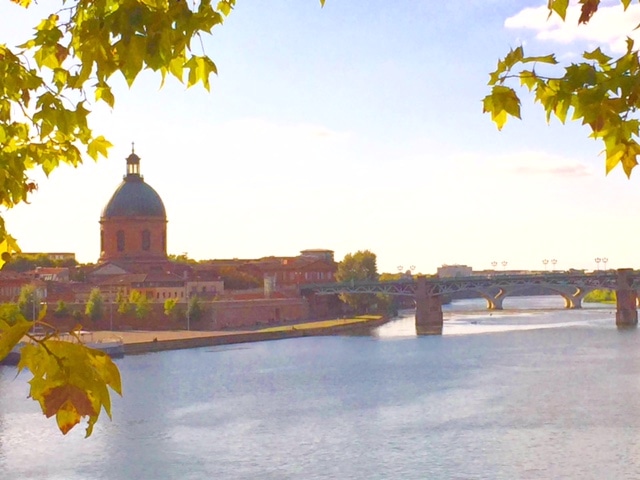
Toulouse, La Ville Rose (the Pink City)
I was both surprised and smitten by lovely Toulouse.
Toulouse is one of France’s favorite cities but not one that is well known to international travelers. The French fondly refer to Toulouse as the Pink City (La Ville Rose) because so many of the buildings were constructed with the area’s red/pink terracotta bricks.
Toulouse is an attractive South of France city to visit due to its central location in Southern France, sitting about halfway between the Mediterranean Sea and the Atlantic Ocean. Also appealing is the city’s temperate weather and ready access to both the Riviera and the Provence regions.
The Pink City is not only remarkable for its legacy as a significant historic hub but also for its modern-day appeal of a thriving work environment and an energized populace in the heart of the South of France. What’s remarkable is that, although it’s a sizeable city (ranking 4th in population), it can feel more like a good sized provincial town.
For example, when exploring the historic areas, winding through the charming old town streets, you may find that the city feels smaller than it really is. But, as you move gradually away from the old town area into the adjacent downtown areas, elegant blocks of ornate buildings, upscale shops and restaurants appear.
I found that one of Toulouse’s best attractions is the Garonne River bank and adjacent park areas where students and other locals gather for happy hour or a picnic lunch on the grass overlooking the river. This is also where you can take a boat ride on the river and the Canal du Midi which joins the Garonne River.
With the Garonne River running through Toulouse, the city has two banks. From the old town side of the river, there are dramatic views across the river of large red/pink buildings topped by peach domes looming over the river.
Another popular Toulouse attraction is the Canal du Midi, 150 miles long and one of Europe’s oldest canals. Today, you can hop on a boat and cruise a portion of the Canal du Midi as you lazily float through the narrow lanes, admiring the scenery.
My favorite Toulouse experience was gliding along the Canal du Midi through part of Toulouse trying to imagine how the area was when trade goods were hauled along the canal by horses and or by men.
My favorite day trip outside Toulouse was to Carcassonne, a breathtaking double walled medieval fortress that can be glimpsed from miles away with the Pyrenees as a backdrop.
Top places to visit outside Toulouse include Carcassonne, Albi, Cordes sur Ciel, and more.
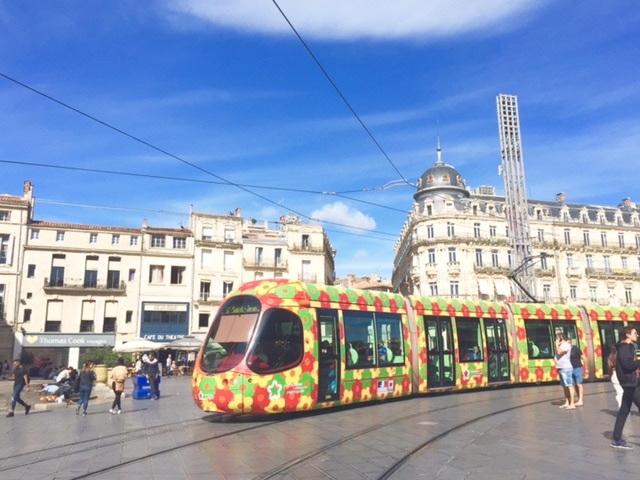
Montpellier, Near the Sea
Just 6 miles from the Mediterranean Sea and Montpellier’s beaches, sits the picturesque medieval town boasting an historic center and attractive bustling downtown.
With a Mediterranean climate and the sea close by, the welcoming and vibrant city offers a taste of the quintessential French way of life in the South of France.
You’ll find that the welcoming city is a vibrant melting pot of diverse cultures, thanks in part to the city’s many universities. You can enjoy the multi-cultural influences in the variety of food choices and the energized town community.
With Montpellier’s narrow medieval streets and pretty town squares, it doesn’t take much imagination to be able to experience a slice of the village’s medieval past as you wander through the charming old town. You’ll discover well-preserved historic buildings and churches throughout. And, just outside the old town, awaits a bevy of modern shops, a boisterous covered market, and café chatter which seamlessly blends in with the historic center. A definite bonus is the extensive pedestrianized areas throughout downtown and old town.
Although not considered part of France’s Provence region or the Riviera, Montpellier is close enough to both of them for day trip excursions from the city.
My favorite Montpellier experience was the warm welcome I received from the locals and the opportunity to share a piece of Montpellier’s historic past as I explored her beautiful streets, avenues, monuments, museums and gardens.
Top places to visit outside Montpellier include the Languedoc vineyards, Arles in Provence, Marseille, and more.
Related Articles:
Best Experiences in France
Southwest France Lesser Known Spots
Eat Like a Local in Nice

